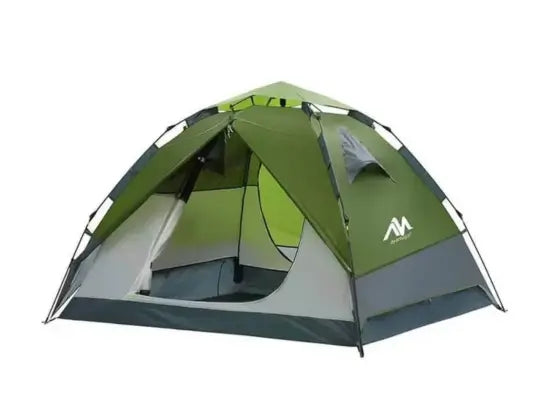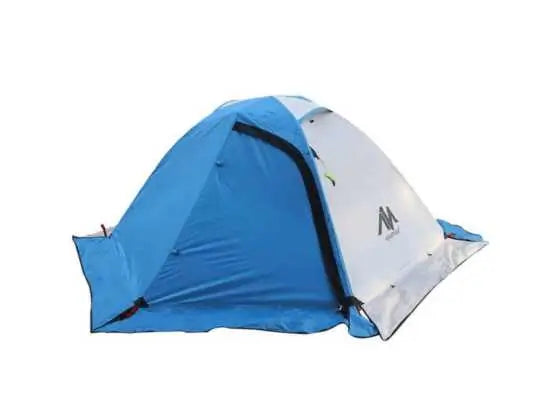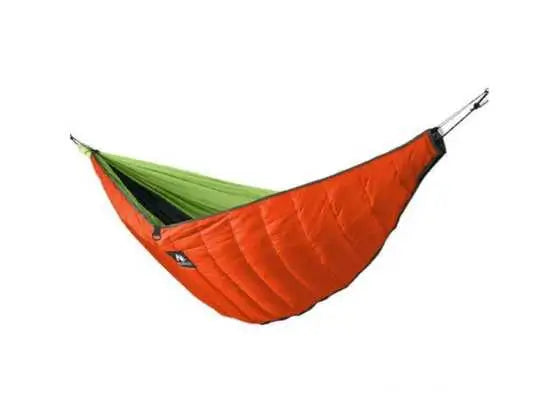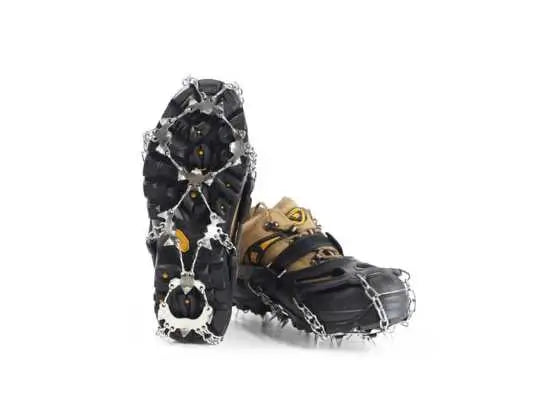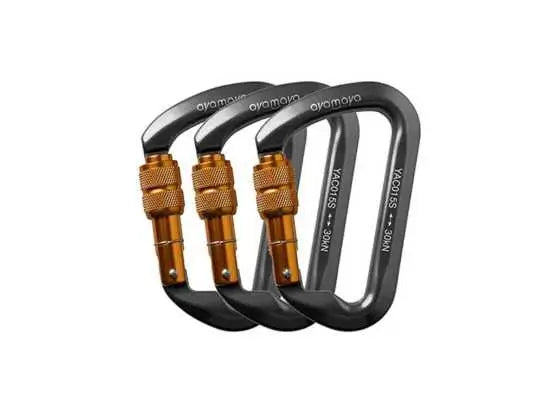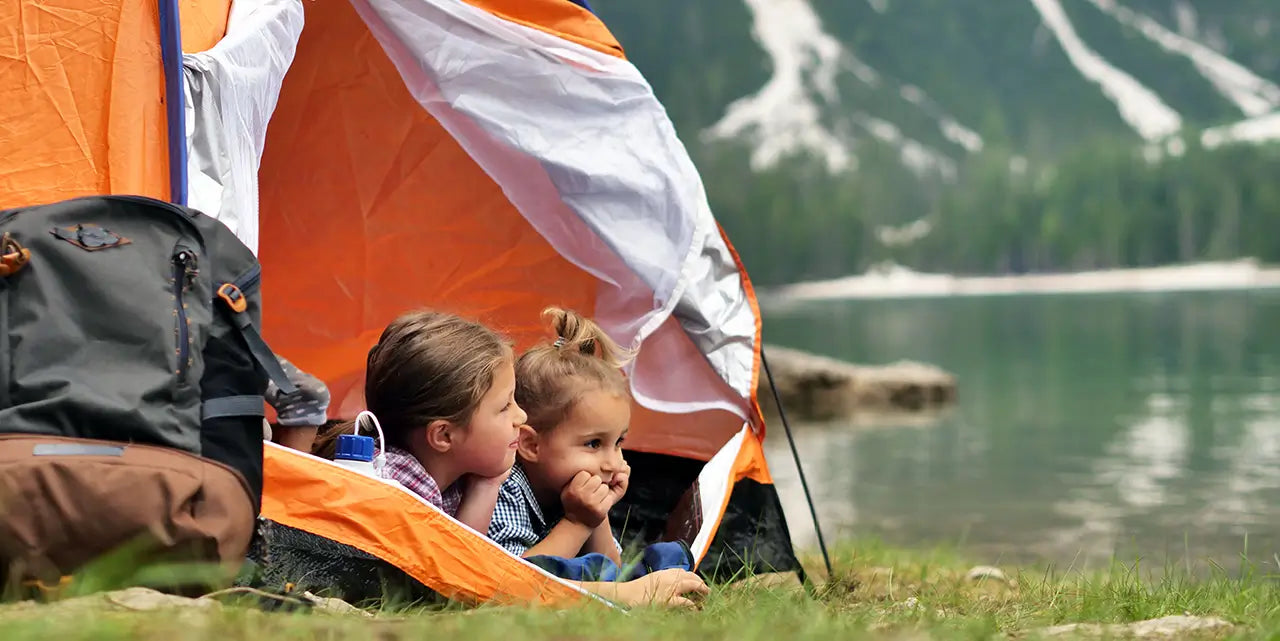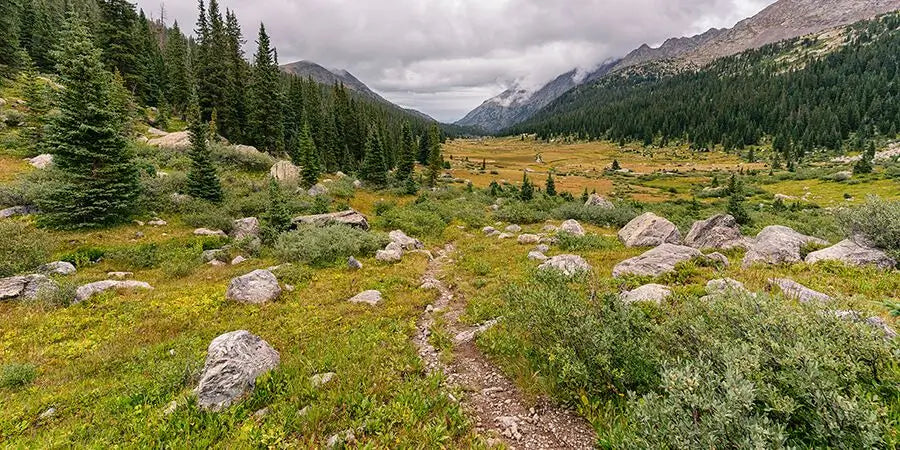Camping by rivers and lakes offers a unique experience, blending the tranquility of nature with the soothing presence of water. Whether you're drawn to the gentle lapping of waves against the shore or the reflective stillness of a mountain lake, camping near water promises moments of serenity and adventure. However, this idyllic setting comes with its own set of challenges that demand careful consideration when packing your gear.
To make the most of your riverside or lakeside camping experience, it's crucial to pack thoughtfully. This means selecting gear that not only withstands potential moisture but also enhances safety and comfort. From waterproofing your essentials to choosing the right clothing and safety tools, each item you pack plays a vital role in ensuring a successful and enjoyable trip.
In this guide, we'll delve into the essential packing considerations for river and lakeside camping. We'll explore how to keep your gear dry, recommend appropriate clothing choices, discuss the importance of safety tools and navigation aids, and suggest camp comforts that can make your stay more pleasant. By the end, you'll be equipped with the knowledge to pack smartly and enhance your camping experience amidst nature's watery wonders.

Waterproofing Your Gear
When camping near rivers and lakes, where moisture is omnipresent, waterproofing your gear becomes paramount. Properly protecting your equipment ensures it remains functional and comfortable throughout your trip, regardless of weather conditions or accidental splashes.
Key Tips for Waterproofing- Dry Bags and Waterproof Containers: Invest in high-quality dry bags for storing electronics, clothing, and other essentials that must stay dry. These bags come in various sizes and are designed to keep water out even when submerged. Consider using different colors or labels to organize items by type for easy access.
- Elevate Sleeping Gear: When setting up your campsite, choose a dry and elevated spot for sleeping arrangements. Use ground cloths or tarps under tents to prevent moisture from seeping through the floor. Consider using a footprint specifically designed for your tent model to enhance protection against ground moisture.
- Quick-Dry Towels and Clothing: Pack quick-dry towels and clothing items made from synthetic materials or merino wool. These fabrics not only dry faster than cotton but also retain warmth when wet, providing comfort in changing weather conditions.
- Emergency Backup: Always carry a backup plan for critical items like matches or fire starters in waterproof containers or sealed bags. This precaution ensures essential supplies remain dry and functional in case of unexpected rain or accidental submersion.
Appropriate Clothing
Choosing the right clothing is crucial when camping near rivers and lakes, where weather conditions can change rapidly and moisture is a constant factor. The goal is to stay comfortable, dry quickly if wet, and protect yourself from the elements while enjoying outdoor activities.
Recommended Clothing for River and Lakeside Camping:- Quick-Drying Fabrics: Opt for clothing made from synthetic materials like polyester or nylon, or natural fibers like merino wool. These fabrics wick moisture away from the skin, keeping you dry and comfortable even during strenuous activities or in humid conditions.
- Convertible or Lightweight Pants: Consider convertible pants that can be converted into shorts for versatility in varying temperatures. Lightweight pants that dry quickly are also ideal for hiking and exploring wet terrain.
- Water Shoes or Sandals: Invest in water shoes or sturdy sandals with good grip for walking on slippery rocks, wading through shallow water, or navigating muddy trails. These shoes protect your feet and provide comfort in wet environments.
- Moisture-Wicking Socks: Pack several pairs of moisture-wicking socks made from synthetic fibers or merino wool. These socks help prevent blisters and keep your feet dry and comfortable throughout the day.
- Sun Protection: Don’t forget to include sun protection clothing such as lightweight long-sleeve shirts and wide-brimmed hats to shield yourself from harmful UV rays, especially when spending extended periods outdoors near water.
- Swimwear: If swimming or water activities are part of your camping plans, pack swimwear that dries quickly and is comfortable for extended wear.
By packing appropriate clothing for river and lakeside camping, you not only ensure comfort and protection but also enhance your overall outdoor experience. Whether hiking along riverbanks, fishing by the lake, or simply enjoying the scenic views, the right clothing will keep you prepared for whatever nature has in store.

Safety & Navigation Tools
Safety should always be a top priority. Proper navigation tools and safety equipment ensure you’re prepared for emergencies and able to navigate effectively through varying terrain.
Essential Safety and Navigation Tools:- Maps and Compass: Always carry detailed topographic maps of the area where you’ll be camping. These maps help you navigate trails, locate water sources, and identify potential hazards. Pair your maps with a reliable compass and learn how to use them together to orient yourself and find your way if GPS devices fail.
- Water-Safe GPS Device: While traditional navigation tools are essential, a water-safe GPS device adds an extra layer of security, especially when exploring unfamiliar terrain. Look for GPS units designed to withstand water exposure and ensure they’re fully charged before your trip.
- First-Aid Kit: Pack a well-stocked first-aid kit tailored for outdoor activities. Include essentials like bandages, antiseptic wipes, blister treatments, pain relievers, and any medications specific to your needs. Consider adding items for treating common injuries associated with water activities, such as cuts from rocks or burns from sun exposure.
- Headlamp or Flashlight: Ensure you have a reliable headlamp or flashlight with extra batteries. These are essential for navigating in low-light conditions or emergencies during the night.
- Multi-Tool or Knife: Pack a multi-tool or a sturdy knife with various functions. These tools can be used for tasks like cutting rope, preparing food, or making emergency repairs to gear.
- Water Safety Gear: Depending on your activities, pack appropriate water safety gear such as life jackets, helmets for water sports, or throw ropes for swiftwater rescue situations. Ensure all water safety equipment is in good condition and properly fitted before use.
By prioritizing safety and carrying the right navigation tools, you not only mitigate risks associated with outdoor activities but also ensure a more enjoyable and stress-free camping experience near rivers and lakes.
Camp Comforts & Conveniences
Packing the right comforts and conveniences helps you stay relaxed, prepared for various conditions, and focused on enjoying the natural surroundings.
Essential Camp Comforts and Conveniences:- Insect Repellent: Camping near water often means dealing with insects. Pack effective insect repellent to ward off mosquitoes, ticks, and other pests that thrive in moist environments. Consider using natural repellents or those containing DEET for maximum effectiveness.
- Portable Water Filter or Purification Tablets: Ensure access to safe drinking water by packing a portable water filter or purification tablets. These devices remove contaminants from natural water sources, making them safe for consumption without the need to carry large amounts of bottled water.
- Camp Chairs or Hammocks: Set up comfortable seating options like camp chairs or hammocks near your campsite. These provide a place to relax and enjoy the scenery without having to sit directly on the ground.
- Tarp or Shelter: Pack a lightweight tarp or portable shelter to create a dry and shaded area at your campsite. This space can serve as a dining area, shelter from rain or sun, or a place to store gear away from moisture.
- Cooking Equipment: Depending on your camping style, bring cooking equipment such as a portable stove, cookware, utensils, and fuel. Consider versatile options that allow you to prepare meals easily, even in unpredictable weather conditions.
- Entertainment and Relaxation: Pack items for entertainment and relaxation, such as books, cards, or musical instruments. These activities can enhance downtime and foster camaraderie among camping companions.
- Weather Protection: Stay prepared for changing weather conditions by packing appropriate clothing layers, a waterproof jacket, and extra insulation for cooler evenings.
- Hygiene Considerations: Maintain personal hygiene by packing essentials like hand sanitizer, toothbrushes, and biodegradable toiletries. Dispose of waste properly and away from water sources.
Conclusion
Camping near rivers and lakes offers a unique opportunity to immerse yourself in nature’s beauty and tranquility. However, this serene environment also presents challenges that require thoughtful preparation and packing. By prioritizing essentials tailored to waterside camping, you not only enhance your comfort and safety but also ensure a more enjoyable and rewarding outdoor experience.
Happy Camping!

